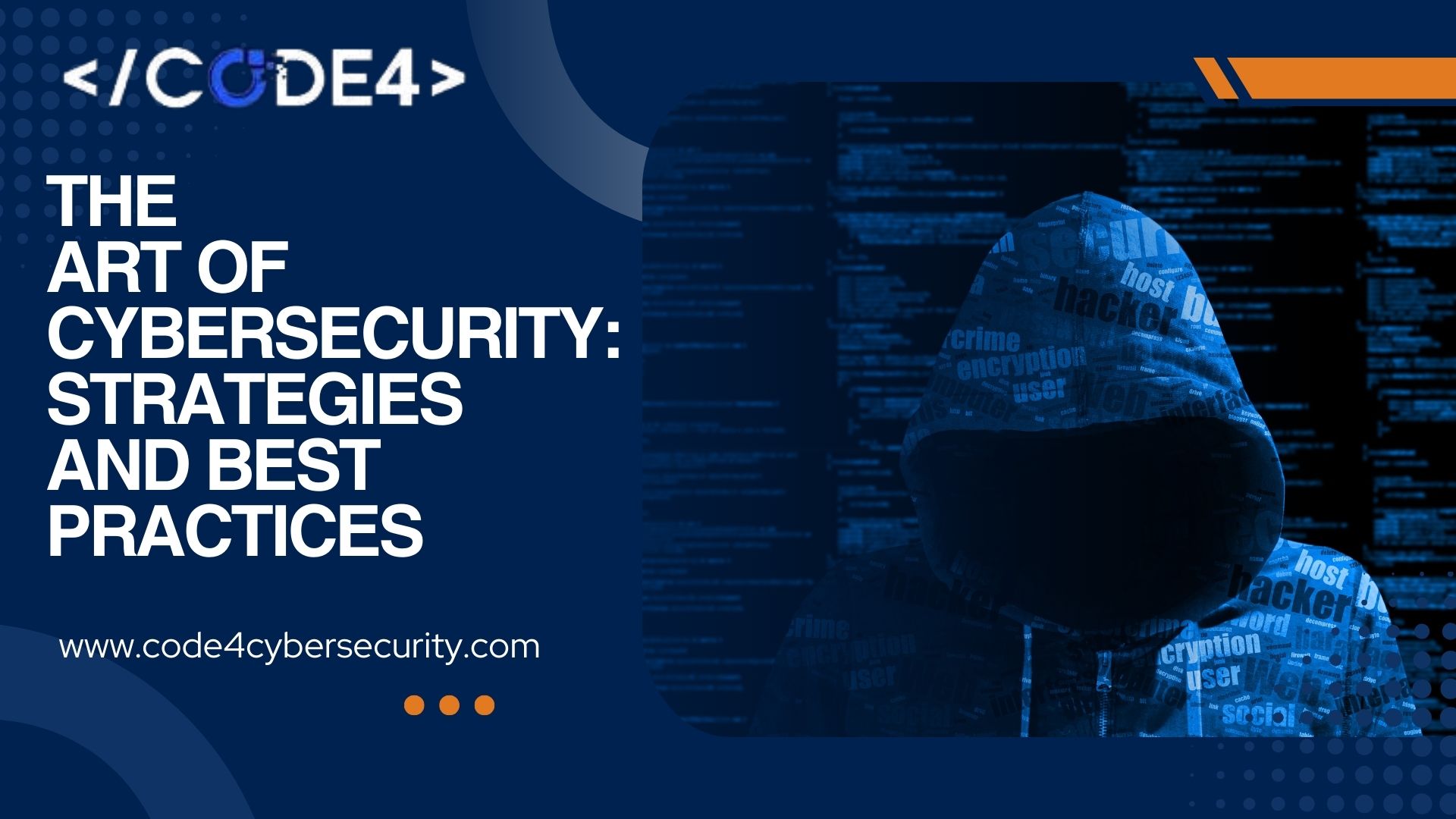As cyber threats become increasingly sophisticated, the need for robust cybersecurity measures is more critical than ever. This blog explores effective strategies and best practices to ensure comprehensive protection against cyber threats.
The Foundations of Cybersecurity
What is Cybersecurity?
Cybersecurity refers to the practice of protecting systems, networks, and data from digital attacks. These attacks often aim to access, change, or destroy sensitive information, extort money, or disrupt normal business operations.
Importance of Cybersecurity
Cybersecurity is essential for individuals and businesses alike. For individuals, it protects personal information from theft and misuse. For businesses, strong cybersecurity measures protect intellectual property, customer data, and maintain trust and reputation.
Overview of Cyber Threats
Common cyber threats include:
- Malware: Malicious software that damages or disrupts systems.
- Phishing: Fraudulent attempts to obtain sensitive information through deceptive emails or websites.
- Ransomware: Malware that encrypts data, demanding payment for its release.
- DDoS Attacks: Distributed Denial of Service attacks that overwhelm systems with traffic, causing disruptions.
Key Cybersecurity Strategies
Risk Assessment
Identifying and evaluating risks is the first step in developing a robust cybersecurity strategy.
- Regular Audits: Conducting security audits, such as a Network Vulnerability Assessment, helps identify and address vulnerabilities before they can be exploited.
Access Controls
Limiting access to sensitive data is crucial for preventing unauthorized access.
- Role-Based Access: Implementing role-based access controls ensures that only authorized personnel can access critical information.
- Multi-Factor Authentication (MFA): Adding an extra layer of security by requiring multiple forms of verification.
Network Security
Protecting your network infrastructure is essential for defending against cyber threats.
- Firewalls: Using firewalls to block unauthorized access to the network.
- Intrusion Detection Systems (IDS): Monitoring network traffic for suspicious activity to detect and respond to potential threats.
Data Protection
Securing data both at rest and in transit is vital.
- Encryption: Encrypting sensitive information to prevent unauthorized access.
- Backup Solutions: Regularly backing up data ensures that it can be restored in the event of a loss or breach.
Best Practices for Cyber Hygiene
Password Management
Creating strong, unique passwords is a fundamental aspect of cybersecurity.
- Password Managers: Tools like password managers help users generate and store complex passwords securely.
Software Updates
Keeping software and systems up to date is critical for protecting against vulnerabilities.
- Patch Management: Regularly applying patches and updates to software to close security gaps.
Employee Training
Educating staff on cybersecurity awareness is essential for minimizing human error.
- Phishing Simulations: Conducting phishing simulations to train employees to recognize and respond to phishing attempts.
- Security Protocols: Teaching proper security protocols and practices to all employees.
Incident Response
Being prepared for potential cyber incidents can significantly mitigate damage.
- Incident Response Plan: Developing and practicing an incident response plan to ensure a swift and effective response to breaches.
- Reporting and Recovery: Steps for reporting incidents to authorities and recovering quickly from disruptions.
Emerging Trends and Future of Cybersecurity
AI and Machine Learning
Advanced technologies like AI and machine learning are increasingly used to enhance security measures by detecting and responding to threats in real-time.
Zero Trust Architecture
Adopting a zero-trust approach, where no one is trusted by default inside or outside the network, helps to limit access and improve security.
Blockchain Technology
Leveraging blockchain technology provides secure and transparent transaction methods, reducing the risk of fraud and data tampering.
Regulations and Compliance
Staying compliant with cybersecurity regulations, such as NIST 800-171 and CMMC, ensures that organizations meet required security standards and protect sensitive information.
Conclusion
Effective cybersecurity strategies include comprehensive cybersecurity risk assessments, stringent access controls, robust network security, wireless network penetration testing and proactive data protection. Adhering to best practices in cyber hygiene, such as password management, regular software updates, employee training, and having an incident response plan, is crucial. As technology evolves, staying informed about emerging trends and maintaining compliance with regulations is essential. Cybersecurity is an ongoing effort that requires continuous improvement.
Additional Resources
- Tools and Links: Explore cybersecurity services and find a cybersecurity company near me for personalized assistance.
- Further Reading: Check out articles on active directory security assessment, executive cyber security protection, and cyber security forensics.
Comments Section
We invite you to share your thoughts, experiences, and questions about cybersecurity in the comments below. Let’s engage and learn from each other to strengthen our defenses against cyber threats.






Leave A Comment